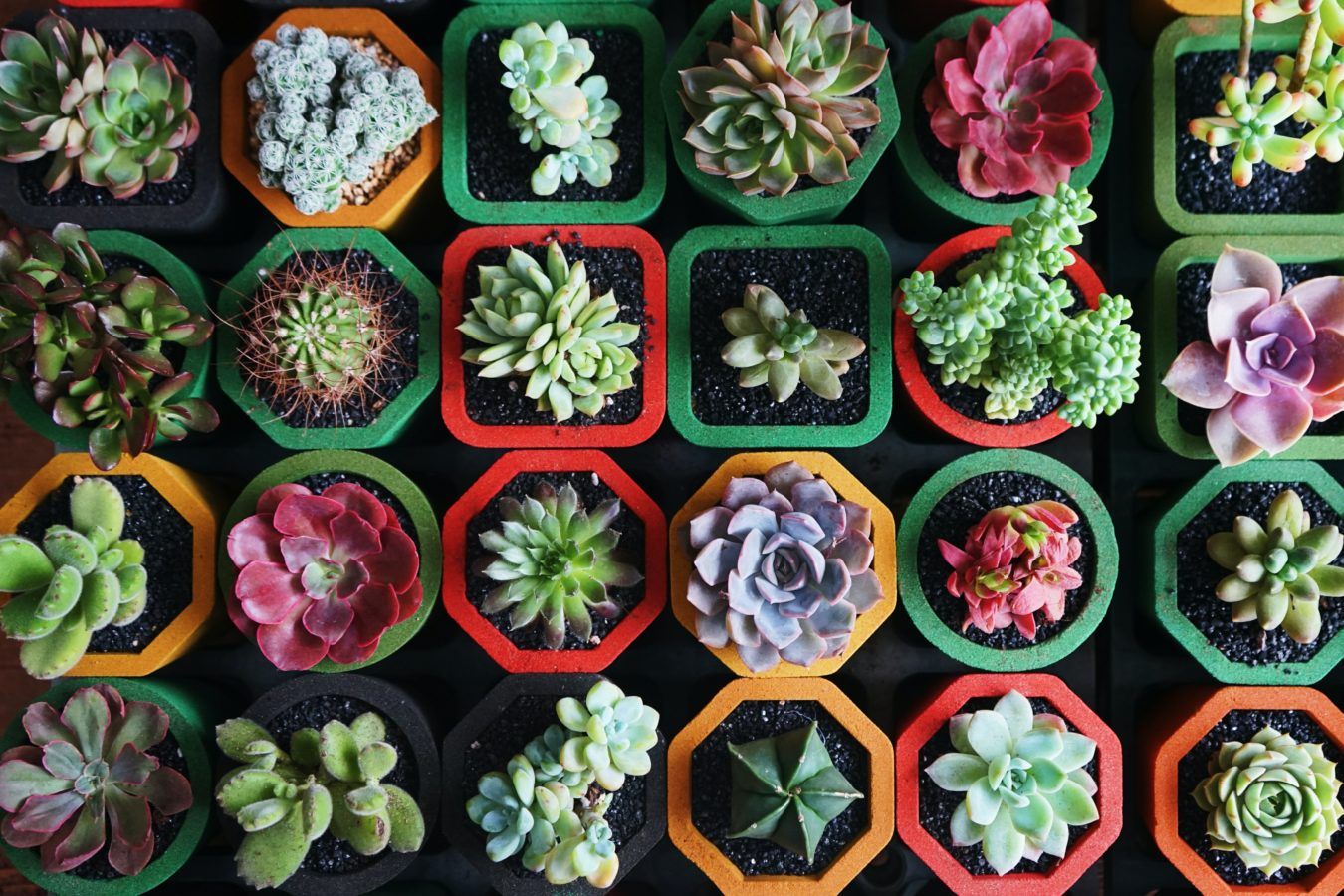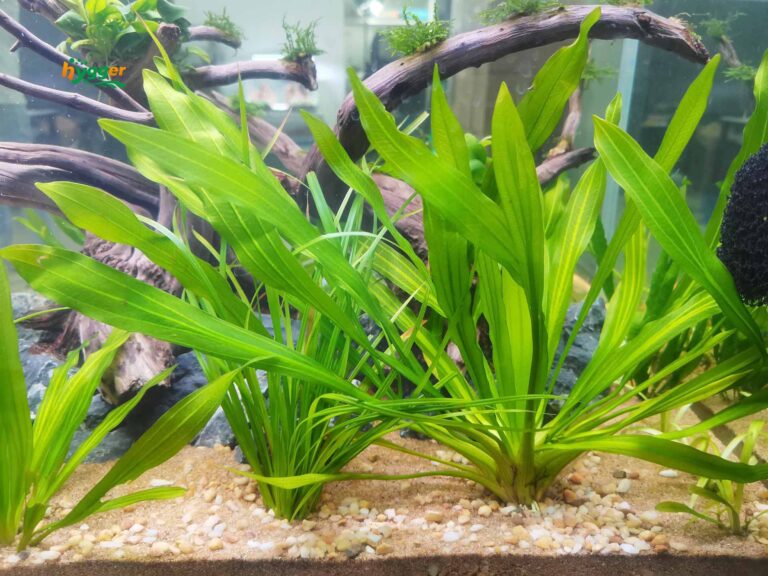What are Low-Maintenance Small Plants?
Low-maintenance small plants are perfect for busy people. These plants need little care and space.
They are ideal for adding greenery to homes or offices. Are you tired of high-maintenance plants that demand constant attention? Low-maintenance small plants are the answer. They are easy to care for, making them perfect for beginners or those with busy schedules.
These plants thrive in various conditions and require minimal watering and pruning. With low-maintenance small plants, you can enjoy the beauty of nature without the hassle. Whether you live in an apartment or have a small garden, these plants fit perfectly. They bring life and color to any space, creating a relaxing atmosphere. Discover the benefits of low-maintenance small plants and how they can transform your living space.

Credit: www.housebeautiful.com
Introduction To Low-maintenance Small Plants
Are you dreaming of a green space but lack the time for care? Low-maintenance small plants are the perfect solution. These plants bring life to any space without requiring much effort. Easy to care for and perfect for beginners or busy individuals.
Benefits Of Small Plants
Small plants offer many benefits that make them a great choice for any space. Here are some of the main advantages:
- Space-Saving: Ideal for apartments, offices, or small homes.
- Versatile Placement: Can be placed on desks, shelves, or windowsills.
- Aesthetic Appeal: Adds a touch of nature and beauty to any space.
- Health Benefits: Improves air quality and reduces stress levels.
Why Choose Low-maintenance Plants
Low-maintenance plants are perfect for those with a busy lifestyle. Here are some reasons to choose them:
- Time-Saving: Requires minimal watering and care.
- Cost-Effective: Less need for special soil or fertilizers.
- Hardy: Can survive in various light and temperature conditions.
- Beginner-Friendly: Perfect for those new to plant care.
In summary, low-maintenance small plants are a great way to enjoy greenery without the hassle. They are easy to care for, space-saving, and offer numerous benefits to both your environment and well-being.
Ideal Conditions For Low-maintenance Plants
Low-maintenance plants are perfect for busy people. They do not need much care. Understanding their ideal conditions is key. Let’s explore the best light and water needs for these plants.
Light Requirements
Light is crucial for plant growth. Low-maintenance plants usually need moderate light. They do well in indirect sunlight. Place them near windows. Avoid direct sun to prevent burns.
Some plants thrive in low light. Examples include snake plants and pothos. They are perfect for rooms with little sunlight. Knowing your plant’s light needs helps it thrive.
Watering Needs
Watering is another key aspect. Low-maintenance plants need less water. Overwatering can harm them. Let the soil dry between waterings. Check the top inch of soil. If dry, it’s time to water.
Use well-draining pots. This prevents water from sitting at the roots. Succulents and cacti are great low-water plants. They store water in their leaves. Remember, less is more when watering these plants.
| Plant Type | Light Needs | Water Needs |
|---|---|---|
| Snake Plant | Low to Moderate | Low |
| Pothos | Low to Moderate | Low |
| Succulents | Bright, Indirect | Very Low |
| Cacti | Bright, Indirect | Very Low |
Popular Low-maintenance Small Plants
Low-maintenance small plants are perfect for busy people. They need minimal care and still thrive. These plants can brighten any space. They are also a good choice for beginners.
Succulents
Succulents are a top choice for low-maintenance plants. They store water in their leaves. This means they can go long periods without water. Succulents come in many shapes and sizes. Some popular types are Aloe Vera, Echeveria, and Jade Plant.
Succulents need bright light. A sunny windowsill is ideal. They prefer well-draining soil. Water them once the soil is completely dry. Overwatering can harm them. Succulents are also great for indoor and outdoor settings.
Cacti
Cacti are another popular low-maintenance plant. They are native to desert regions. This makes them very drought-tolerant. Cacti come in various sizes and shapes. Some well-known types include Barrel Cactus, Christmas Cactus, and Saguaro.
Like succulents, cacti need bright light. Place them in a sunny spot. Use well-draining soil for your cacti. Water them sparingly. Only water when the soil is dry. Cacti also need less frequent watering in winter.
Cacti are excellent indoor plants. They add a unique touch to any room. They are also hardy and long-lasting.
Best Practices For Care
Small plants like succulents, snake plants, and pothos are low-maintenance and perfect for beginners. They require minimal watering and thrive in various light conditions. Ideal for busy lifestyles, these plants bring greenery without much effort.
Caring for low-maintenance small plants can be easy and rewarding. Following best practices ensures your plants thrive with minimal effort. Focus on proper soil choices and fertilization tips.Soil Choices
Choose the right soil for your small plants. Well-draining soil is essential. It prevents root rot and other issues. Cactus or succulent mix works well for many low-maintenance plants. For other types, use a general-purpose potting mix.Fertilization Tips
Fertilize your small plants sparingly. Over-fertilizing can harm them. Use a balanced, water-soluble fertilizer. Apply it once a month during the growing season. Dilute the fertilizer to half strength. This helps prevent nutrient burn. During winter, fertilize less often. “`Indoor Low-maintenance Plants
Indoor low-maintenance plants are perfect for those who love greenery but have little time to care for them. These plants thrive on minimal attention and still bring life to indoor spaces. They are ideal for busy people, beginners, or anyone with limited gardening skills.
Best Indoor Varieties
Some of the best indoor low-maintenance plants include the snake plant, pothos, and ZZ plant. The snake plant is known for its tall, sturdy leaves. It can survive in low light and needs water only once a month. Pothos is a trailing plant with heart-shaped leaves. It grows well in indirect light and can tolerate irregular watering. The ZZ plant has thick, waxy leaves and can thrive in low light and dry conditions.
Placement Tips
Place your indoor plants in areas with indirect light. Avoid direct sunlight, which can scorch the leaves. A windowsill with filtered light or a spot a few feet away from a window is ideal. Ensure the plant pot has drainage holes to prevent waterlogging. Rotate the plant occasionally to ensure even growth.
Outdoor Low-maintenance Plants
Outdoor low-maintenance plants are perfect for busy gardeners. These plants require minimal care, saving you time and effort. They thrive in various conditions and still look beautiful.
Best Outdoor Varieties
Several low-maintenance plants stand out for outdoor spaces. Here are some of the best varieties:
- Lavender: This plant is drought-tolerant and smells great.
- Hostas: These plants grow well in shady areas.
- Daylilies: They bloom brightly and need little attention.
- Succulents: These are hardy and come in many shapes.
- Yarrow: This plant is resilient and attracts butterflies.
Weather Considerations
Weather plays a big role in plant care. Choose plants that match your local climate. Here are tips for different weather conditions:
| Weather Type | Recommended Plants |
|---|---|
| Sunny and Dry | Lavender, Succulents, Yarrow |
| Shady and Moist | Hostas, Ferns, Impatiens |
| Cold and Frosty | Pansies, Snowdrops, Evergreen shrubs |
Choose the right plants for your local conditions. This ensures they thrive with minimal care.
Common Problems And Solutions
Low-maintenance small plants are ideal for busy people. They require minimal care and bring life to any space. Yet, even these hardy plants can face issues. Let’s explore common problems and their solutions.
Pest Control
Even low-maintenance plants can attract pests. Bugs like aphids, spider mites, and mealybugs are frequent nuisances.
- Aphids: These small insects suck plant sap. They cause leaves to curl and wilt. A simple solution is to spray the plant with soapy water. Mix a few drops of dish soap with water and apply.
- Spider Mites: These tiny pests create webbing on plants. Regularly misting the plant can help. Spider mites dislike humidity.
- Mealybugs: These pests look like small cotton balls. Wipe them off with a cotton swab dipped in rubbing alcohol.
Disease Prevention
Diseases can harm even the toughest small plants. Watch out for these common issues and their solutions.
- Root Rot: Overwatering leads to root rot. Ensure the plant pot has drainage holes. Water only when the soil is dry.
- Powdery Mildew: This fungal disease appears as white powder on leaves. Improve air circulation around the plant. Remove affected leaves to prevent the spread.
- Leaf Spot: Small brown or black spots on leaves indicate this disease. Avoid wetting the leaves when watering. Remove and discard affected leaves.
By addressing these common problems, you can enjoy healthy, low-maintenance plants. Remember to check your plants regularly and act quickly to solve any issues.

Credit: onetwotree.com
Creative Uses For Small Plants
Small plants are not only easy to care for but also versatile. They can add beauty and function to your home in many creative ways. Let’s explore some unique uses for these low-maintenance green friends.
Decorative Ideas
Small plants can bring a touch of nature indoors. Place them on windowsills to catch sunlight. They look beautiful on shelves, adding a splash of green. Use them as table centerpieces for a fresh look. Group different plants together for a mini garden effect. Hang small pots from the ceiling to save space. Use them to brighten up dull corners in your home.
Functional Uses
Small plants can also serve practical purposes. Herbs in the kitchen provide fresh flavors for cooking. Aloe vera on a windowsill can soothe burns and cuts. Certain small plants can purify the air, making your home healthier. Use them to create a natural screen for privacy. Small plants can even reduce noise levels in your home. They add tranquility and calm to any space.

Credit: matsuoutdoorsmanshow.com
Frequently Asked Questions
What Are Low-maintenance Small Plants?
Low-maintenance small plants are easy-to-care-for plants that require minimal attention. They are perfect for busy individuals or those new to gardening.
Which Small Plants Are Easiest To Care For?
Succulents, snake plants, and spider plants are some of the easiest small plants to care for. They require minimal watering and thrive in various light conditions.
How Often Should I Water Low-maintenance Small Plants?
Most low-maintenance small plants need watering every 1-2 weeks. Always check the soil moisture first. Overwatering can harm them.
Can Low-maintenance Plants Thrive Indoors?
Yes, many low-maintenance small plants thrive indoors. They adapt well to indoor environments with proper light and occasional care.
Conclusion
Low-maintenance small plants offer simplicity for busy lifestyles. They thrive with minimal care. Perfect for beginners and experienced gardeners alike. These plants enhance any space with ease. Choose from succulents, cacti, or spider plants. Enjoy the beauty without the hassle.
They’re resilient and adaptable. Great for home or office. Low-maintenance plants bring joy and freshness. Start your green journey today. Enjoy the benefits of greenery with less effort.







